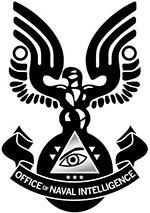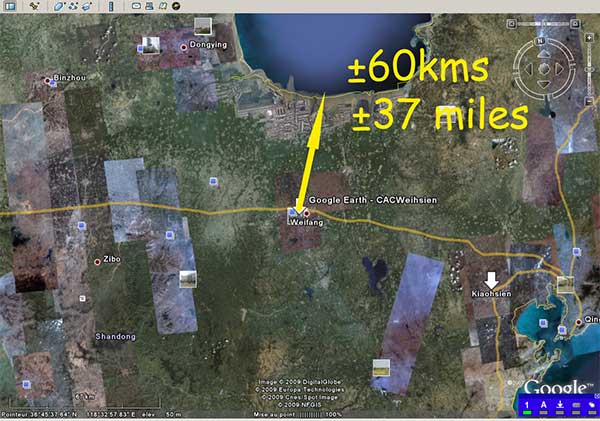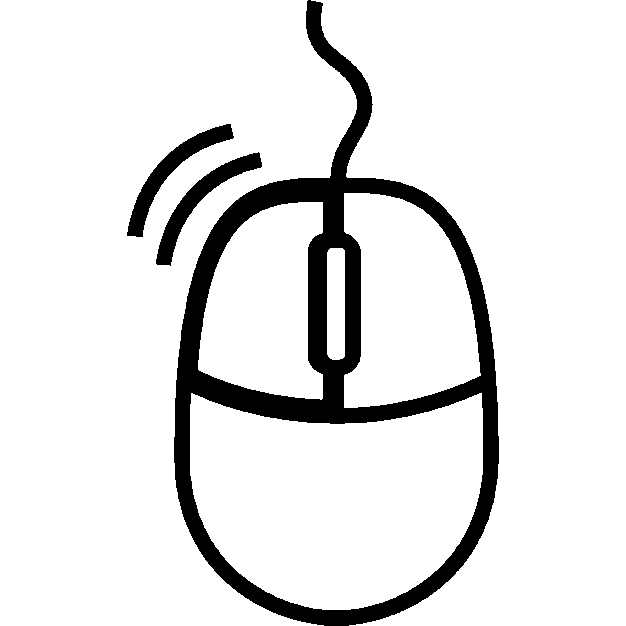
INTELLIGENCE REPORT


ISSUED BY THE INTELLIGENCE DIVISION
OFFICE OF CHIEF OF NAVAL OPERATIONS
NAVY DEPARTMENT
INTELLIGENCE REPORT
From: ----Op-16-FE DNI -----
at ----------Washington, D.C. -----
Date: 26 May, 1945
Source: ------American Missionary ----------
Evaluation: -B-2
Subject:
China, Internment Camps, Weihsien -
Shantung Province, North China
Shantung Province, North China
1.
In a letter dated April 26, 1945, (Enclosure A), source describes the Internment Camp at Weihsien, Shantung Province, North China. Information is given as to the location of some 2000 American, British and other Allied internees.
2.
Weihsien is strategically situated at the juncture of important roads leading from Chefoo (Yentai) and Tsingtao (Chingtao) to Tsinan (Chi-nan) and is also on the railroad running from Tsingtao to Tsinan. As it may become an important target for our Air Forces, attention is invited to the exact location of this internment camp (Enclosure B) in order that Allied airmen may be briefed accurately.
Forwarded by: Wh. Bales, Colonel, USMC
CONFIDENTIAL ------------------------------------------------------- Enclosure A
Extracts from DI0,7 ND Memorandum 5 May 1945 ---------- Op-16 FE
(16-F-WFF-mrd) A8-2/EF16 ---------------------------------------- May 1945



Now I come to the town I wish the Navy would take. It has done so many brave deeds, and paratroopers from Marines and army have landed in the concentration camps in the Philippines. If you will have patience with me, I will tell you why I hope that a raid can be made on the Japanese Weihsien, and over two thousand British and Americans, with a sprinkling of other nationalities be taken out of their hands. Seeing that our Army and Navy have already done such daring things, I do not think the liberation of our people at that camp would be as hard as what they have done.
We were moved to Weihsien camp for two weeks before we came to the States on the last trip of the Gripsholm in December 1943. The camp is so situated that liberation might not be hard at all. You see, the camp is three miles from Weihsien City. This city may have a good many Japs in it. I do not know that, but I do know that they have charged electric wires all around the top of the high city wall. But not over a hundred soldiers are out at the camp at any one time, I am sure.
The main gate of the camp faces the bus road toward the city. But the camp is divided into two parts. Next to this front part, is where all the internees live, housed in school buildings, hospital and the dormitories of these schools. The whole compound comprises sixteen acres, so there is plenty of space. The big church is right by the front gate. The wall is perhaps fifteen feet high and is newly built, for on July 4th, 1943 the whole front wall suddenly fell out onto the lower ground in front of it. The Japs were much perturbed that this should have happened on our Independence day. They built it up again, and firmly. Inside this wall the land is filled in so one can stand and rest one's elbows on the wall itself in many places, particularly right by the big athletic grounds right by the church. There are towers at the corners where guards stand at night, but no fortification whatever. The wall around the back of the compound, and at the sides has no earth up against it, but all the same Chinese on the outside and internees in the inside daily conduct a black market for foods, the only thing which keeps them from actual starvation. Just in front of the compound is a small stream very shallow with willow trees along banks. These help to screen it from the big city.
The back one fourth of this 16 acre compound, is filled with ten foreign residences, the homes of the missionaries who formerly lived there, all of whom came home on the first Gripsholm, forced to do so by the Japs. In two of these ten houses the Japanese soldiers who guard the place live. The other eight are vacant, though people long to live there and not be so crowded as they are with 25 in a big school room, for instance Between these two parts is another high wall, with gates all shut but one.
 Weihsien is only sixteen miles from a beach on the Gulf of Chili, and cannot tell you about that beach or its landing facilities. I do know if there is a fishing village. Mr. C.V. Reeder, whose address could be gotten from the Presbyterian Board of Missions, 156 Fifth Ave., New York City was an evangelist in Weihsien, and he traveled all over the countryside. Kirk West also did the same, and there are many others. Miss Martha who is a nurse now at Berea College, Berea, Kentucky, could also give you information all about the countryside. I do know that at the boxer outbreak in 1900, the people then in Weihsien climbed over their wall, hid the gaoliang (Kaffir corn) fields and made their way by night over these sixteen miles to get on board a gunboat which came up to that place and took them off. So, I feel sure that a good-sized vessel could come fairly near to shore and small boats could make a landing.
Weihsien is only sixteen miles from a beach on the Gulf of Chili, and cannot tell you about that beach or its landing facilities. I do know if there is a fishing village. Mr. C.V. Reeder, whose address could be gotten from the Presbyterian Board of Missions, 156 Fifth Ave., New York City was an evangelist in Weihsien, and he traveled all over the countryside. Kirk West also did the same, and there are many others. Miss Martha who is a nurse now at Berea College, Berea, Kentucky, could also give you information all about the countryside. I do know that at the boxer outbreak in 1900, the people then in Weihsien climbed over their wall, hid the gaoliang (Kaffir corn) fields and made their way by night over these sixteen miles to get on board a gunboat which came up to that place and took them off. So, I feel sure that a good-sized vessel could come fairly near to shore and small boats could make a landing.
I presume there would be maybe fifty old people in the camp who would have to be taken in a jeep to the coast, but most of the two thousand could walk that distance. If only our marines could come ashore, with one force to surprise the guard at the internment camp and start off the internees to the boats, while the second force kept the main Japanese force shut up in Weihsien city, it would not be a very hard task. The country all around there is very level. We went to Weihsien from Tsingtao by rail, and though there were mountains on each side at a distance, we traversed a very broad level valley or plain all the way, and I am sure this continues from Weihsien to the coast.
When we were in Weihsien those two weeks we were hungry all the time, and by now they must be in a pretty bad condition. Of course, we did not try to get anything via black market over the walls, as we knew we were to leave in two weeks' time. The man in charge, a Japanese raised in Tsingtao, who evidently ate the good Shantung corn and soy bean, for he was a very tall handsome young fellow (named Koga) was a stern ruler of the camp. When they complained to him that the food furnished was not enough, he said, "What do you think we brought you here for -- to pamper you? No, indeed, we brought you here to humiliate you and to discipline you!"
The food at the camp consisted of meat and bread and sugar and potatoes. No cereals or milk except for children under four years of age. Fruit could once in awhile be purchased at the canteen, but not very much. Two eggs a week were allowed each person. The shells of these were saved and ground and they sprinkled the powder on their food, to try and get some calcium.
They did not feel that we needed any breakfast, so sent in no food for any. The camp cooks made up a gruel of flour and water, sprinkled a bit of cinnamon and sugar in this gruel and each person had a bowl of this and a slice or two of bread for breakfast. And then went out to pump for several hours, work in the bakery, carry garbage, dump coal, carry vegetables etc. from the gate, and do all sorts of other work, hard work.
Twice in the two weeks we were there, no, it was three times, they did not send in any food for supper. One time we ate a bowl of noodles, for they always had stocks of flour on hand. These noodles were made of flour salt and water, and cooked in salted water. So, they were entirely tasteless and uninviting. The other two times each person had a half a cup of the little cooked green meng bean. And this has gone on and on for more than a year since we left there, for we left in Sept. 1943. From news printed in the Shanghai post published in New York, we read that in West China they had heard that the people in the Weihsien camp were near to starvation. And so many are our dear friends, the 350 from Chefoo and many from Peking and other north China cities. That is the reason I ask your consideration of this long letter. I can do no less than plead for them.
#

.jpg)





